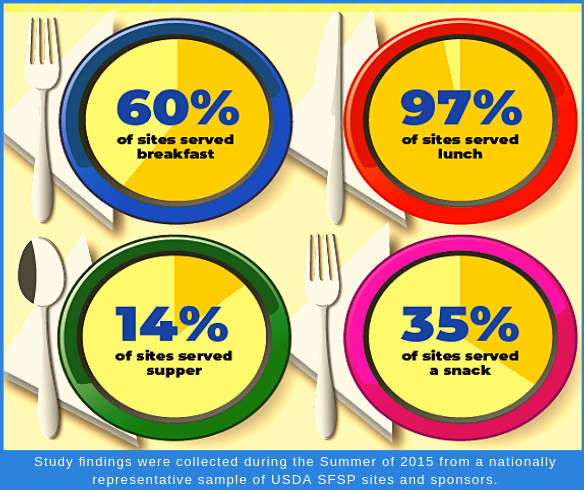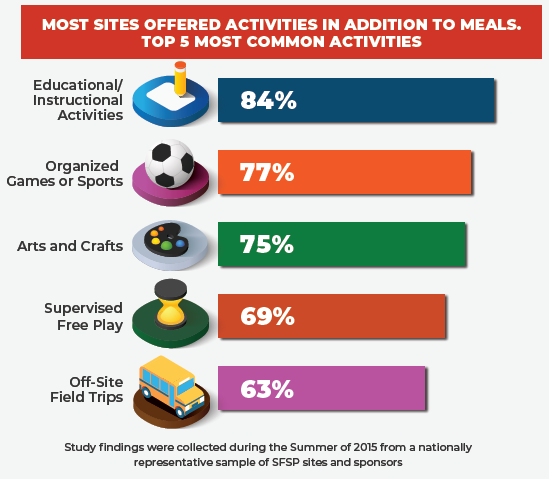USDA Highlights Importance of Keeping Kids Fed During Summer Months
Encourages state innovation, finding better methods for serving children
Washington, DC, June 18, 2019 – Children’s need for good nutrition does not end when school lets out for the summer. The U.S. Department of Agriculture (USDA) is reminding the public about its commitment to help families keep children in low-income areas fed throughout the summer, so they can return to school ready to learn and succeed in the fall.
“Children need nutritious food to learn, grow, and achieve long-term success,” said Acting Deputy Under Secretary for Food, Nutrition, and Consumer Services Brandon Lipps. “USDA’s Summer Meal Programs ensure children have access to nutritious meals during the summer months.” Lipps made these comments while visiting a summer meals site at Laurel Woods Apartments in Ashland, Virginia that works in partnership with USDA’s Food and Nutrition Service and Rural Development to empower children throughout rural Virginia by fueling their minds and bodies with nutritious meals.
During the academic year, approximately 22 million children and teens receive free and reduced-price meals at their schools. But only about one in six of those – about 3.7 million – participate in the summer meal programs. As a result, low-income children are at higher risk of food insecurity and poor nutrition during the summer. USDA encourages innovative strategies to reach children throughout the summer months.

The Summer Food Service Program (SFSP) and the Seamless Summer Option (SSO) of the National School Lunch Program (NSLP), collectively known as USDA Summer Meal Programs, help fill this critical nutrition gap for children 18 years and younger. A recently released study of the Summer Food Service Program found that schools were the most common setting for meals service, followed by recreation centers, parks and playgrounds, churches, and community centers. In addition to serving lunch, 60% of sites offer breakfast, and 14% offer supper.
“Our state partners are at the forefront of innovation for the nutrition assistance programs, and we support them as they continue developing better ways to serve our children whether they live in urban or rural areas,” Lipps said. Lipps added that ensuring the integrity of USDA summer meal programs is a shared responsibility that is key to preserving the noble mission of these programs.
Summer meal sites, such as the one at Laurel Woods Apartments, assist communities by serving nutritious meals, while also providing education activities, organized games or sports, and other supervised activities. In addition, the summer meals program gives children an opportunity to socialize and build a community here, while participating in a variety of free activities.

USDA also recently announced its 2019 Turnip the Beet winners, which recognizes dedicated summer meal programs sponsors nationwide who offer high quality meals that are appealing and nutritious.
Families can find local summer meals sites by visiting the Summer Meals Site Finder, calling the USDA National Hunger Hotline at 1-866-348-6479, or texting “Summer Meals” to 914-342-7744..
USDA’s Food and Nutrition Service (FNS) works to reduce food insecurity and promote nutritious diets among the American people. The agency administers 15 nutrition assistance programs that leverage American’s agricultural abundance to ensure children and low-income individuals and families have nutritious food to eat. FNS also co-develops the Dietary Guidelines for Americans, which provide science-based nutrition recommendations and serve as the cornerstone of federal nutrition policy.
#
USDA is an equal opportunity provider, employer and lender.

